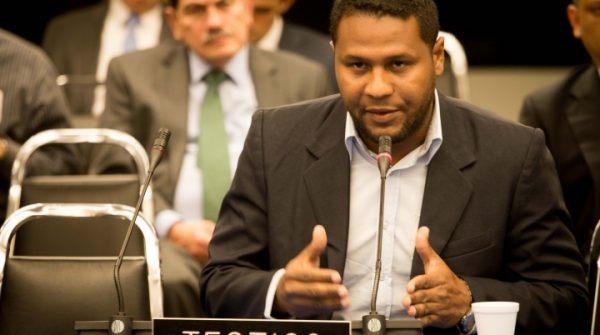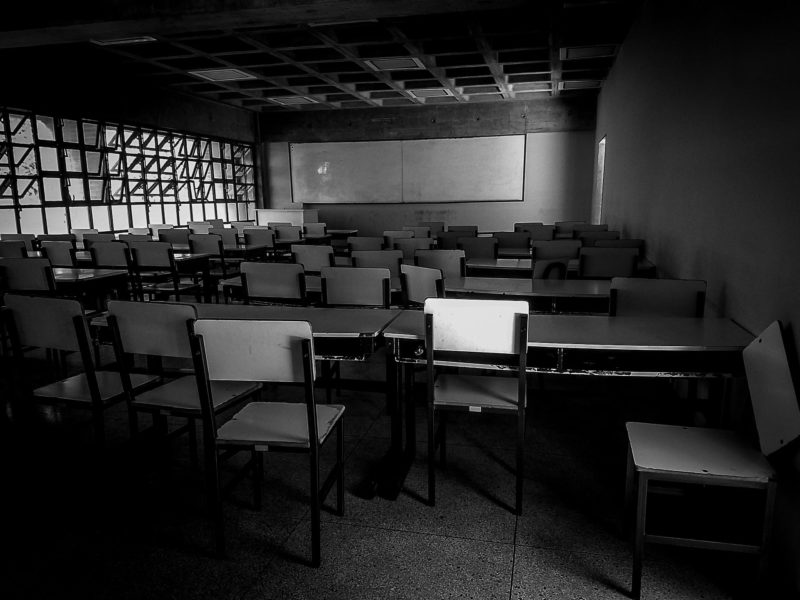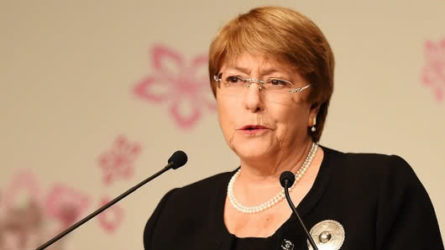According to the third report from the Monitor of Use of Lethal Force in Latin America and the Caribbean (MFL), published on April 16, 21 to 25.3 percent of all violent deaths in Venezuela between 2020 and 2022 happened at the hands of members of State security forces.
“Having one quarter of all homicides in a country committed by agents of the State is already an indication of the abuse of force. Venezuela has the worst indicators in the region,” said Keymer Ávila, a researcher at the Institute of Criminal Sciences of the Central University of Venezuela (ICP – UCV) during a press conference.
He warned that the number of cases of people who die at the hands of Venezuelan public security agents decreased during the period in review, but the lethality index increased. “The numbers are still very high, not only in comparison with the country’s historical data in the last decade but with the rest of the region,” Mr. Ávila warns.
The number of civilians killed by public security forces in Venezuela stood at 4.4 per 100,000 inhabitants in 2021, and 2.6 in 2022. The figure is the second-highest for 2022, only surpassed by Trinidad and Tobago with a rate of 3.14 per 100,000 inhabitants.
Lower incidence, higher lethality
“The incidence of use of lethal force in Venezuela is yet to drop from the levels recorded in 2014, which were already high compared to the rest of the region,” the researcher explained.
According to media sources, there were 2,847 homicides in 2020; 1,449 in 2021 and 876 in 2022. In total, 5,199 cases were documented. These figures are only surpassed by the number of homicides by public security forces reported by official sources in Brazil, which recorded more than 5,600 cases each year.
“Perhaps there is a lower level of violation of the principle of necessity, but there is an equal or greater level of violation of the principles of moderation and proportionality in the use of force,” Ávila reflected.
At the moment, the Monitor is studying several hypotheses about the decrease in cases in Venezuela: the increase in socioeconomic inequality, “which reduces opportunities for violent and street crime”; the reduction of the population by at least 20% due to migration, with more than half of the migrant population made of young men, a group with active and passive influence on the situation of violence in the country”; the lockdown measures during the Covid-19 pandemic, and the advocacy work of NGOs and institutions international on the violation of human rights in the country.
Regional opacity on the rise
“Many countries in Latin America and the Caribbean are going backward in terms of transparency in providing official data on the abuse of lethal force by the State,” warned Ignacio Cano, director at the Violence Analysis Laboratory of the University of Rio de Janeiro. “When media reports are used as the sole source of data, Venezuela ranks second after Brazil.”
The third report on the use of lethal force in Latin America and the Caribbean found that in five countries the State failed to provide data on violent deaths at the hands of State security forces, including the deaths of public security agents during operations. Although Venezuela has a history of opacity that dates back to 2019, Colombia and Peru have recently joined the trend.
The Monitor was able to verify through the Venezuelan media that at least 152 public security agents have died violently in the context of operations. Regarding the victims, 98.27% were male and 57.4% were aged 18 to 27 years old at the time of the crime.
The report warned that a racial bias in the crimes could not be identified because “racism remains taboo in Venezuela, a problem not admitted or assumed.”“The death rate among police officers rose in 2021 and 2022 due to the increase in confrontations with alleged criminal gangs on the border and across the country (including the special police operations known as Operación Trueno in 2022). Paradoxically, this did not reduce the number of civilian deaths, quite the opposite. This shows that, during this period, the government has remained in power through the use of excessive force,” Mr. Ávila concluded.
Read the full 2024 report on the Use of Lethal Force in Latin America and the Caribbean HERE.
Translated by José Rafael Medina




